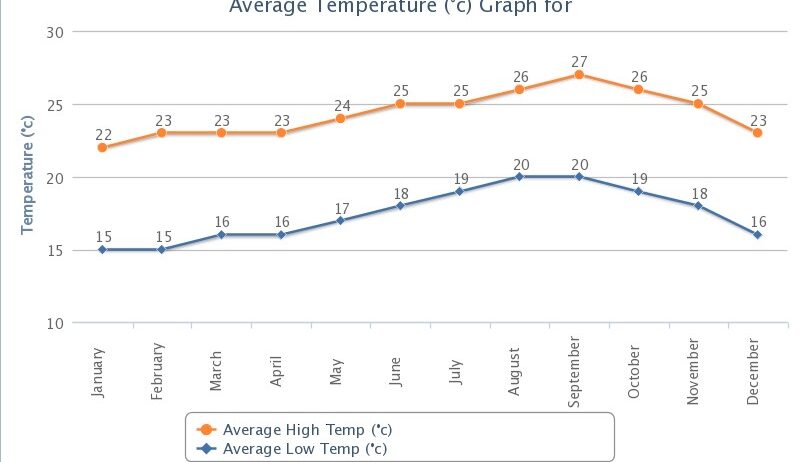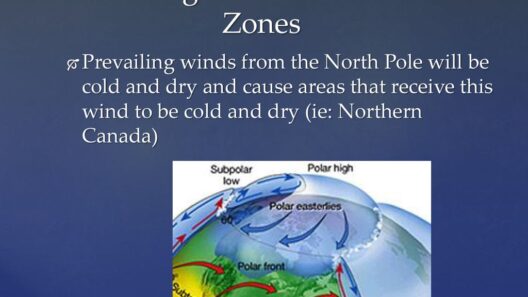The Sahara Desert, an expanse of parched land, is often perceived as a monotonous sea of dunes, yet it presents a complex ecosystem that enthralls the inquisitive mind. With its extensive territory covering approximately 9.2 million square kilometers, the Sahara is not simply a desert; it is a testament to the dynamic forces of nature, climate change, and ecological adaptation.
At the heart of understanding the Sahara’s climate lies the comprehension of its arid conditions, which prevail due to various geographical and atmospheric phenomena. Primarily, the Sahara experiences a hyper-arid climate, characterized by scorching temperatures during the day and considerable drops at night. It is classified as a BWh desert according to the Köppen climate classification. Rainfall is scant, averaging between 1 to 3 inches annually. Such paltry precipitation is often unpredictable and varies significantly from year to year, making survival in this region a formidable challenge for all living beings.
One might wonder how a region so devoid of moisture supports life. The answer lies in the remarkable adaptability of flora and fauna. Life here has developed unique strategies to withstand the extreme climate. Plants such as acacia and various succulents store water in their tissues, while animals like the fennec fox exhibit nocturnal behaviors to avoid the brunt of the midday sun. This resilience showcases a delicate balance between life and the inhospitable conditions that define the Sahara.
The climatic conditions of the Sahara are largely dictated by the subtropical high-pressure cells that dominate its environment. The Hadley cell circulation system plays an essential role in maintaining the desert’s parched status. Warm air rises near the equator, subsequently cooling and descending at approximately 30 degrees north latitude, where the Sahara is located. This descending air inhibits cloud formation and results in the characteristic clear skies and high temperatures that the Sahara is notorious for.
Temperature variations within the Sahara are profound. During the peak of summer, daytime temperatures can soar above 50°C (122°F), cementing its reputation as one of the hottest places on Earth. Conversely, winter nights can plunge to bitterly cold lows, sometimes approaching freezing. Such temperature fluctuations are emblematic of desert climates, where the sun’s intensity creates a stark dichotomy between the sweltering heat of day and the frigid embrace of night.
Interestingly, the Sahara’s climate is not static; it has undergone significant shifts throughout history. Paleoclimatic studies reveal that the region once hosted lush savannas and robust ecosystems. These periods of increased rainfall occurred regularly, allowing for the proliferation of diverse flora and fauna. However, about 5,000 years ago, a gradual aridification began, leading to the desertification that defines the Sahara today. Understanding these shifts not only offers insight into past climates but also underscores the potential for future transformations as global climate change progresses.
Contemporary climate change raises critical questions about the future of the Sahara. As global temperatures climb, the implications for this vast desert remain uncertain. Some models predict an exacerbation of arid conditions, arguably making the Sahara even more inhospitable. Conversely, there is speculation that neighboring regions may experience increased precipitation, causing a potential shift in the boundaries of the desert. The interplay between climate change and desertification exemplifies a significant area of study, emphasizing the need for further research to comprehend the full ramifications of anthropogenic influences on this delicate biome.
Moreover, the Sahara serves as a poignant reminder of the fragility of ecosystems in the face of climate change. As global temperatures rise, the unique species that inhabit this arid land face existential threats. Ecosystem resilience is pivotal; yet, the rapid alterations induced by human activity present formidable challenges. Conservation efforts are essential to safeguarding the biodiversity of this extraordinary desert, from the elusive desert fox to the resilient acacia trees that dot the landscape.
In addition to ecological concerns, the socio-economic implications of the Sahara’s climate cannot be overlooked. The desert is home to numerous nomadic tribes and communities that have thrived for centuries by adapting to the climate. However, as conditions worsen, these populations are increasingly vulnerable. Water scarcity, food insecurity, and habitat loss are pressing issues that necessitate urgent action. The intersection of climate and social justice is critical in addressing these challenges, ensuring that affected communities are not left to the mercy of climate-induced crises.
As we delve deeper into the enigmatic climate of the Sahara, it becomes evident that this iconic landscape is more than merely a vast expanse of sand; it is a living tapestry interwoven with stories of resilience, adaptation, and survival. The Sahara holds invaluable lessons about ecosystems, climate variability, and the omnipresent threats posed by climate change. By nurturing a curiosity about this great desert and its climate, we can foster a deeper appreciation for the delicate balance of our planet’s ecosystems and the urgent need for responsible stewardship of our natural world.
In conclusion, the Sahara Desert is both a harsh landscape and a compelling study of climatic extremes and ecological perseverance. Its enigmatic climate invites exploration and introspection. Unraveling the complexities of the Sahara paves the way for broader conversations about climate change, conservation, and the critical balance between humanity and nature.







